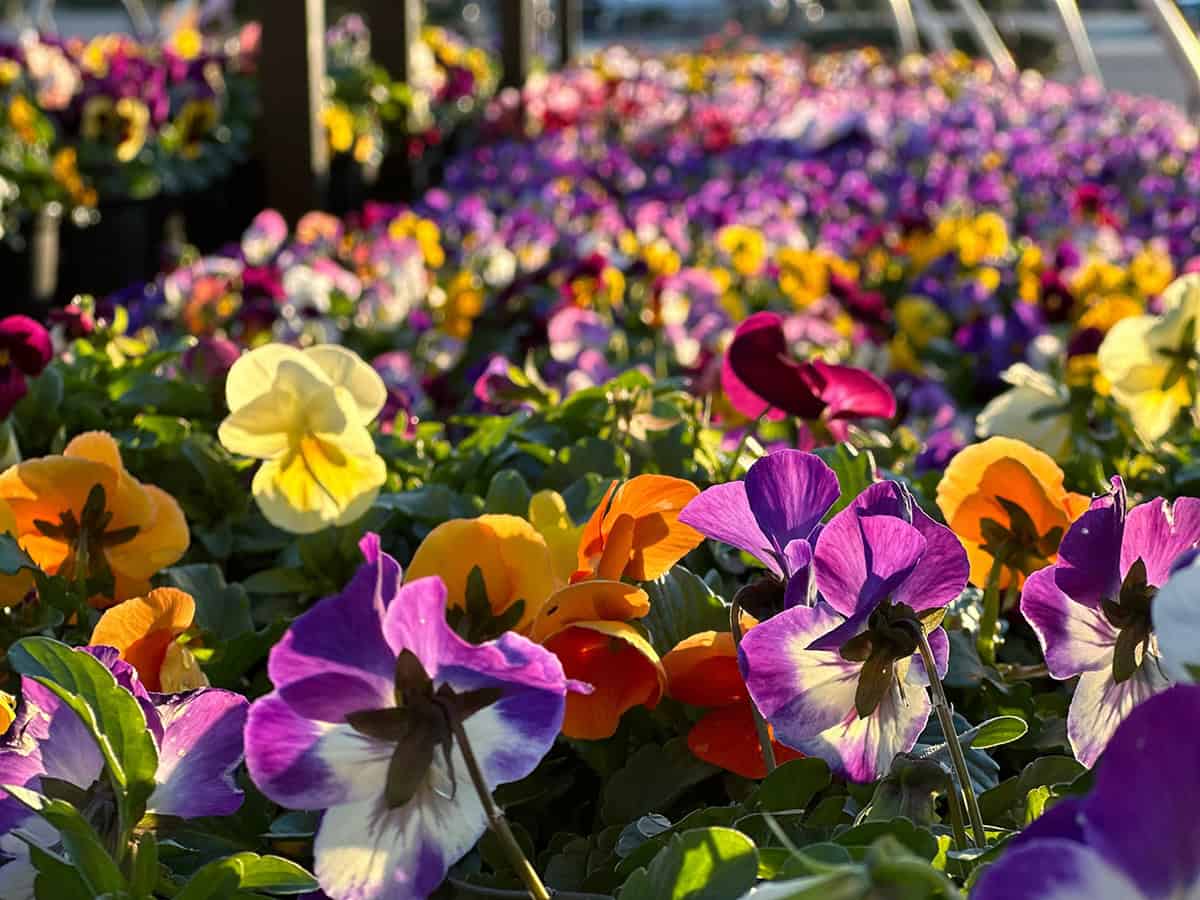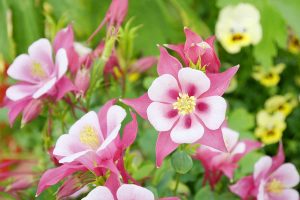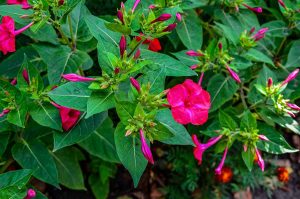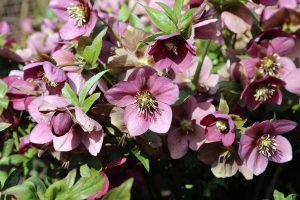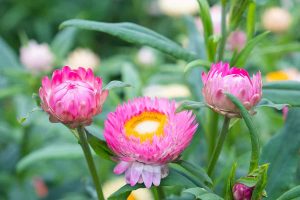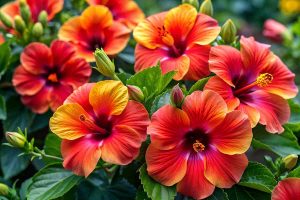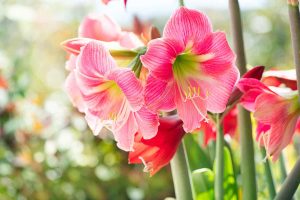A new season approaches, but your garden still calls for color. August’s warm days work magic on certain flowers. Plant any of these 25 varieties for a garden that keeps shining into the next season.
Table of Contents
- Flowers To Plant In August
- Calendula
- Pansies
- Violas
- Snapdragons
- Alyssum
- Dianthus
- Petunias (in warmer zones)
- Marigolds
- Zinnias
- Cosmos
- Rudbeckia (Black-eyed Susan)
- Coneflowers (Echinacea)
- Salvia
- Lantana
- Coreopsis
- Blanket Flower (Gaillardia)
- Dusty Miller
- Nasturtiums
- Ornamental Kale
- Chrysanthemums (early varieties)
- Ageratum
- Sweet William
- Cleome
- Scabiosa (Pincushion Flower)
- Verbena
Flowers To Plant In August
August is a key time for introducing new flowers to your garden if you want color into autumn and early winter. The following flowers offer strong bloom performance and reliability in various climates, especially with attention to seasonal water and sunlight needs.
Calendula
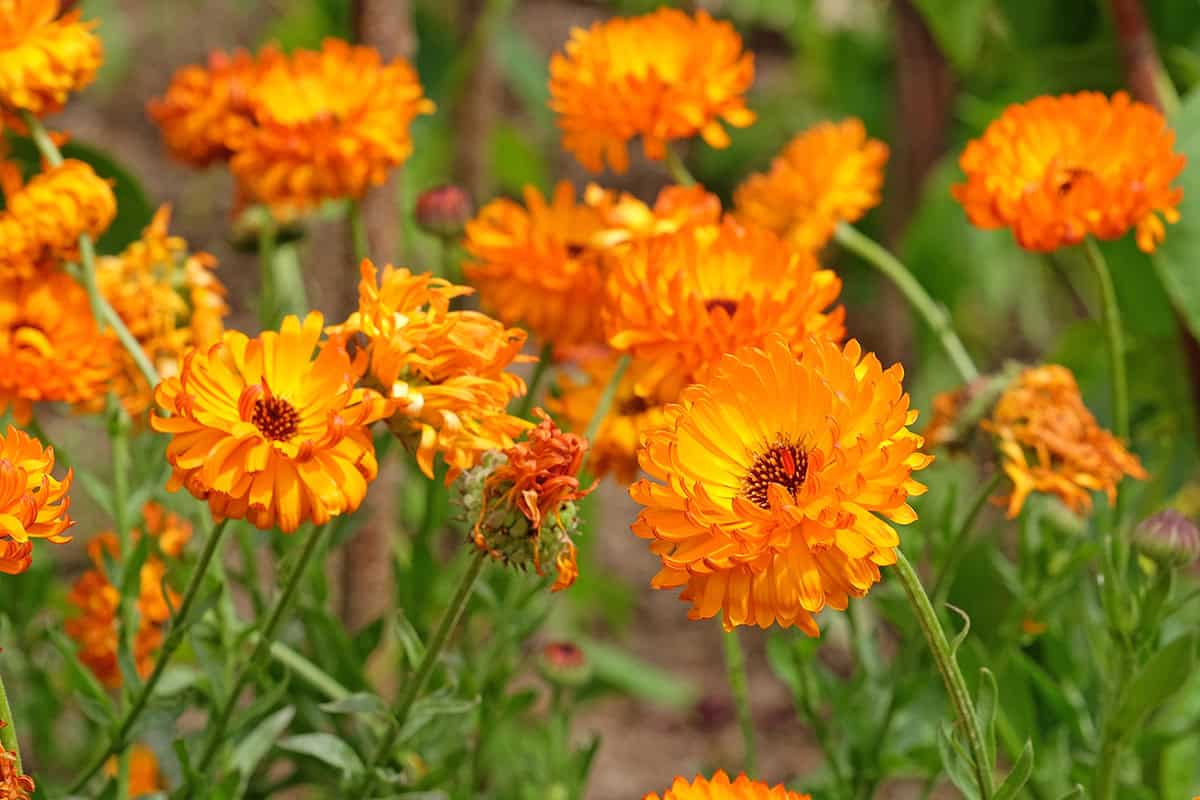
Calendula works well for late summer planting. You’ll see vibrant orange and yellow flowers from fall until the first hard frost. Calendula prefers cooler conditions, so if heat persists, give it partial shade for best results.
You should sow seeds in well-draining soil. Calendula handles light frosts, making it a good choice as seasons change. Regular deadheading encourages more blooms, extending its display.
Calendula is also useful for cut flowers. Many gardeners appreciate its edible petals, which can be used decoratively in salads.
Pansies
You can start pansies in August for color in fall and even early spring. These plants thrive in cooler weather. They work well for containers or garden beds.
Choose a site with morning sun and afternoon shade in hot climates. Space your pansies to allow airflow and reduce the chance of mildew. Fertilize regularly for more blooms.
Deadhead faded flowers to keep plants looking fresh. Pansies come in many colors, so you can mix them for a lively effect.
Violas
August is a good time to set out violas for ongoing blooms into autumn. These compact flowers tolerate light frosts. They’re ideal for borders, pots, and even hanging baskets.
Plant in fertile, well-drained soil. Water violas deeply after planting and keep soil moist but not soggy. Avoid letting them dry out in the heat.
Violas offer edible blooms that add color to salads and desserts. Their petite size makes them suitable for filling gaps in flower beds.
Snapdragons
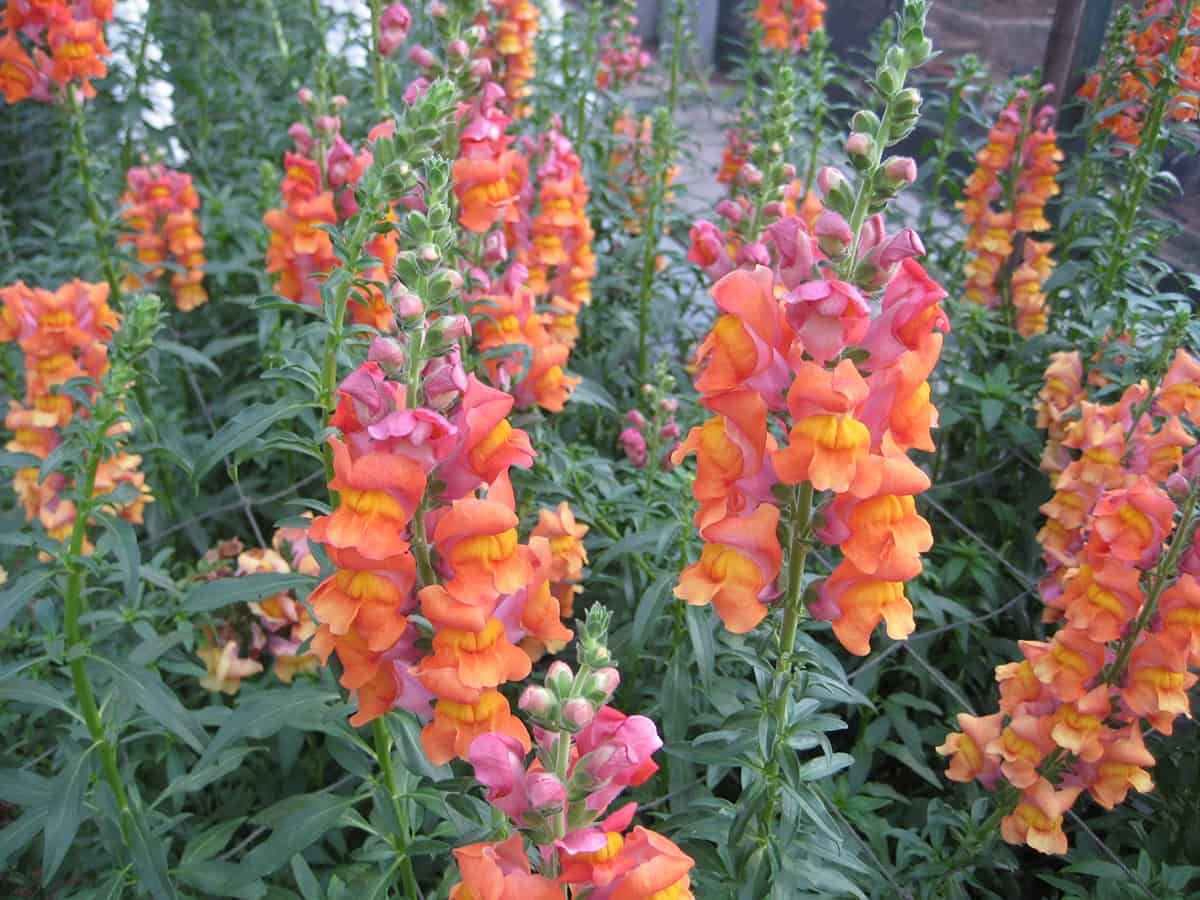
You can sow snapdragon seed or transplant young plants in August in many climates. Snapdragons handle cool nights and give tall, spiky flowers that attract bees.
Pick a sunny location with good drainage. Water deeply after planting, then keep soil moist. Deadhead spent blooms for a longer flower period.
Tall varieties may need staking to keep blooms upright. They’re excellent for cutting and for cottage or border gardens.
Alyssum
Sweet alyssum brings masses of tiny, fragrant flowers. Plant seed or transplants in August to get blooms well into fall. These flowers function as an excellent ground cover or border.
Alyssum thrives in sun but tolerates partial shade. It does best in moist but well-drained soil. If alyssum gets scraggly, trim back to promote new growth.
They attract pollinators and are low maintenance. The honey scent makes them a favorite near paths and patios.
Dianthus
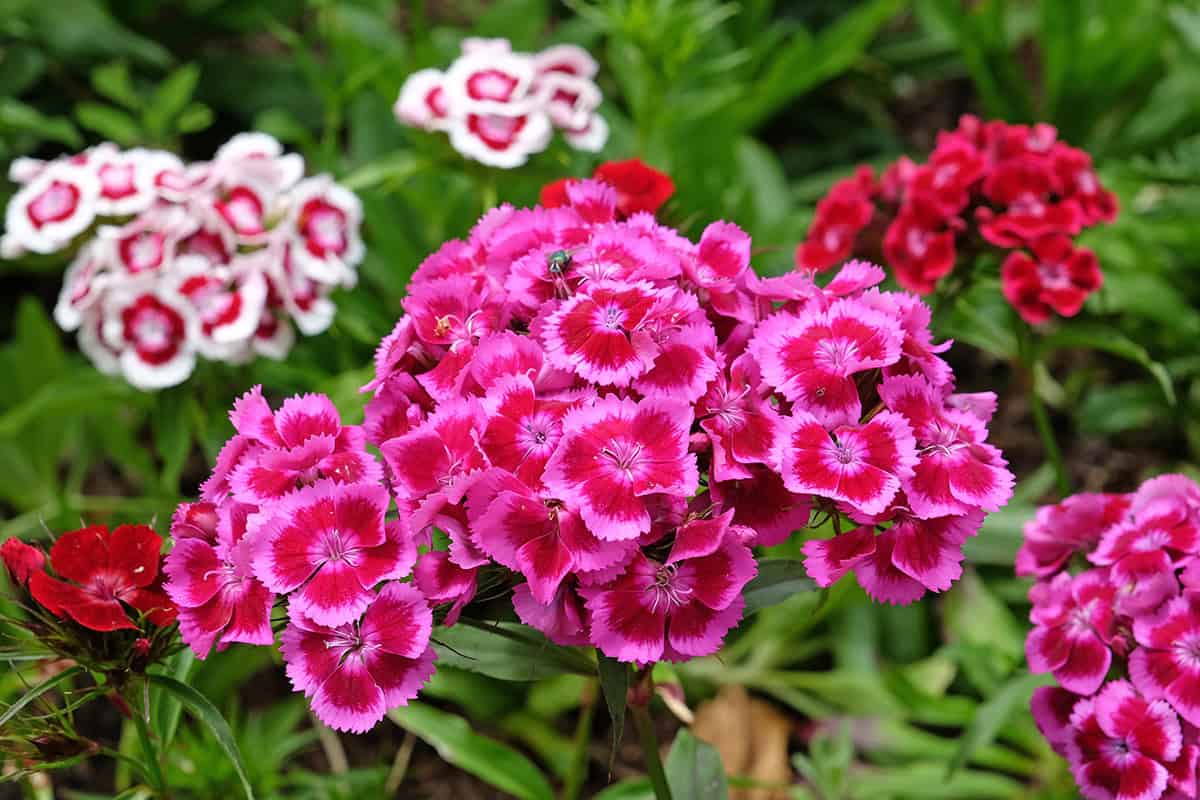
Dianthus, including pinks and carnations, can be started in August. These flowers like slightly alkaline, well-drained soils and need sun for the best flowering.
Give them space for air circulation. Water regularly but do not overwater. Deadhead often to get more blooms.
Dianthus has spicy-scented flowers and is great for borders and small bouquets. Expect compact growth and repeat flowering with care.
Petunias (in warmer zones)
Petunias can be planted in August in warm regions for quick late-season color. Choose varieties suited to hot weather for the best bloom.
They need full sun and regular watering. Good drainage is crucial, so avoid heavy soils. Pinch off faded blooms to encourage more flowers.
Trailing petunias fill baskets or spill over walls. Upright varieties suit beds and borders. Feed with a balanced fertilizer every few weeks.
Marigolds
Marigolds grow fast from seed or starter plants. They thrive in August, especially in heat, and bloom until frost. Marigolds deter pests, making them good companion plants.
Select a sunny location and plant in well-drained soil. Water deeply and allow the surface to dry out between waterings.
Deadhead spent flowers for a longer display. Marigolds come in yellow, orange, and red shades, providing bold color.
Zinnias

You can plant zinnias in August for fast, reliable blooms. They succeed in hot weather and give masses of color. Choose dwarf types for containers or borders.
Zinnias require full sun and do best in rich, well-drained soil. Water at the base to avoid leaf spots from wet foliage.
Pick flowers often to encourage more blooms. Zinnias attract butterflies and are easy to grow from direct seeding.
Cosmos
Cosmos plants fill beds or borders with feathery leaves and daisy-like flowers. They tolerate drought and poor soils, making them good for low-maintenance areas.
Plant seeds directly in August after the hottest part of summer passes. They require full sun for best growth and bloom.
Cosmos self-seed easily, so you may see volunteers next year. Deadheading keeps plants tidy and extends flowering.
Rudbeckia (Black-eyed Susan)
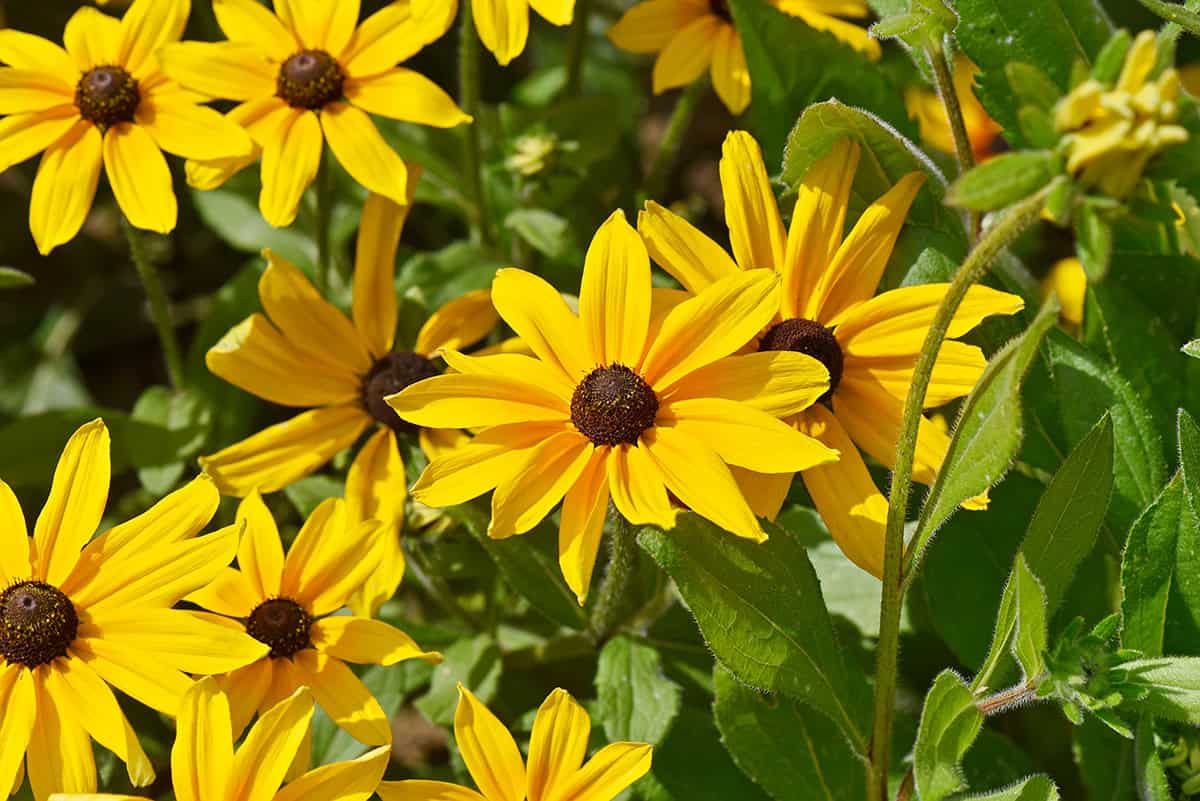
Rudbeckia grows vigorously when planted in late summer. These flowers handle sun and poor soils. Their bold yellow petals with dark centers brighten any space.
Water new plantings well while they establish. Once settled, Rudbeckia is drought-tolerant. Cut back faded stems to promote more blooms.
Rudbeckia attracts birds and pollinators. It works well in native, prairie, or cottage-style gardens.
Coneflowers (Echinacea)
Coneflowers are hardy perennials that can go in the ground in August for an impressive late-summer and autumn show. They bring purple, white, pink, or yellow blooms.
Echinacea grows best in full sun and well-drained soil. Water regularly during establishment, then let them dry slightly between waterings.
After blooming, the seed heads can remain for winter interest and bird food. Coneflowers attract bees and butterflies. Deer usually avoid them.
Salvia
Salvia offers upright spikes of blue, purple, or red blooms. Plant in August for both color and pollinator attraction. Salvias need well-draining soils and full sun.
They tolerate heat and little water once established. Trim back faded spikes for repeat flowering. Some salvias are annuals; others are perennial in mild climates.
Salvia works well for background plantings and mixes with ornamental grasses.
Lantana
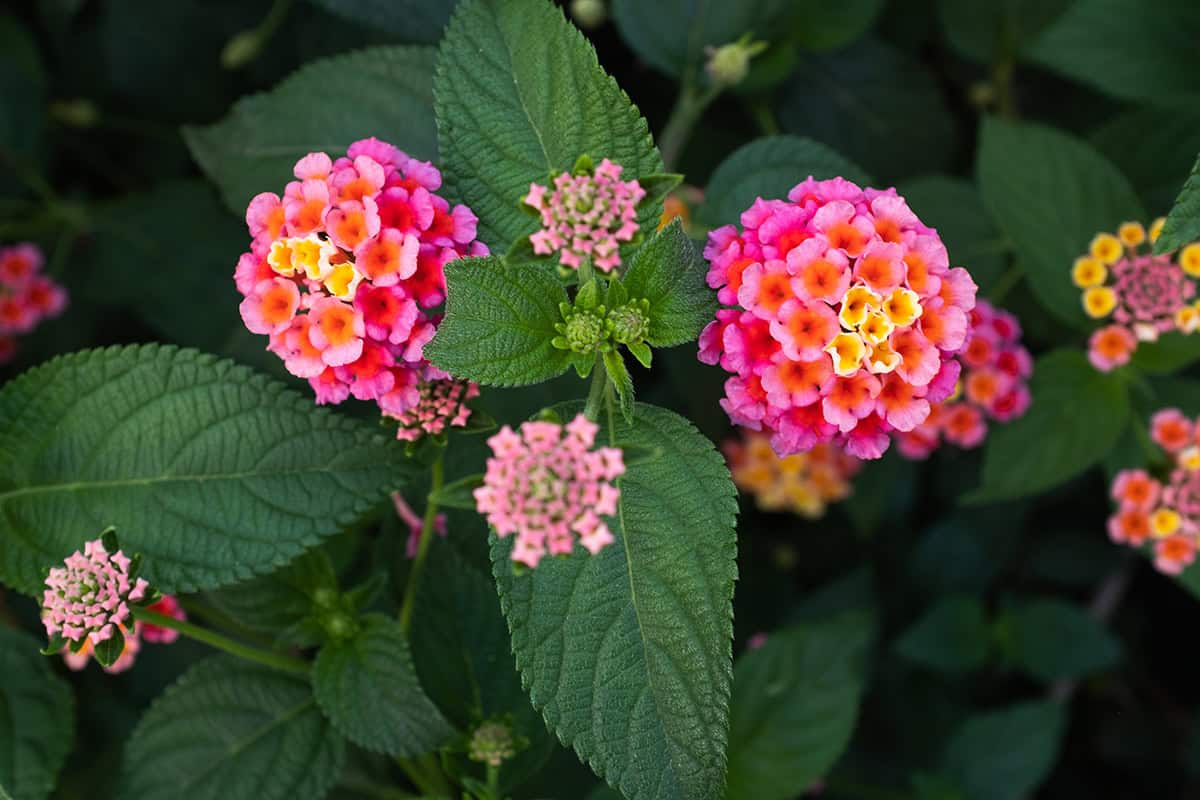
Lantana handles heat and drought, giving pompom flowers in mixed colors. It’s well-suited to hot August conditions in zones where frost is not expected soon.
Full sun is best for lantana. Use well-drained soil. Water regularly at first, but this plant becomes drought-tolerant quickly.
Lantana is good for attracting butterflies. Some varieties have a mounding habit; others trail. It’s excellent for beds or containers.
Coreopsis
Coreopsis brings clusters of daisy-like flowers. August planting means blooms into autumn. It tolerates dry spells and poor soils, which helps in tough spots.
Use full sun and avoid heavy watering. These perennials form bushy plants that need little maintenance. Deadheading extends the flowering season.
Coreopsis comes in yellow or pink hues, depending on the variety. It makes a bright statement in borders.
Blanket Flower (Gaillardia)

Blanket flower gives blooms from late summer through frost if planted in August. Choose a site with excellent drainage and lots of sun.
Gaillardia thrives in lean, sandy soils and tolerates heat well. Water sparingly once established. These flowers bring red, orange, or yellow, often with central rings.
Cut spent flowers for more blooms. Blanket flower’s resilience makes it suitable for poor or rocky soils.
Dusty Miller
Dusty Miller features silver-grey foliage, often used as a contrast in flower beds. You can plant it in August for hardy winter interest in mild climates.
It prefers full sun but manages in partial shade. Plant in fertile, well-drained soil. Water regularly, but do not overwater.
Dusty Miller’s leaves are deer-resistant and can survive light frost. Pair it with colorful flowers for effective garden design.
Nasturtiums

Nasturtiums produce both rounded leaves and vibrant blooms, often orange, red, or yellow. Both leaves and flowers are edible, suitable for salads.
Sow nasturtium seeds directly in August where you want them to grow. They prefer well-drained soil and can thrive in poor soils. Let the soil dry between waterings.
Be careful not to overfeed, as rich soil produces more leaves than flowers. Nasturtiums suit beds, containers, or hanging baskets.
Ornamental Kale
Ornamental kale grows best in cool weather. Plant seedlings in late August for a colorful display in autumn and early winter. It’s prized for purple, pink, or white ruffled leaves.
Grow kale in full sun for brightest colors. Use rich, well-drained soil. Keep soil evenly moist for best leaf development.
Ornamental kale tolerates frosts, adding color when other plants are fading. Use it in mass plantings or as an edging plant.
Chrysanthemums (early varieties)
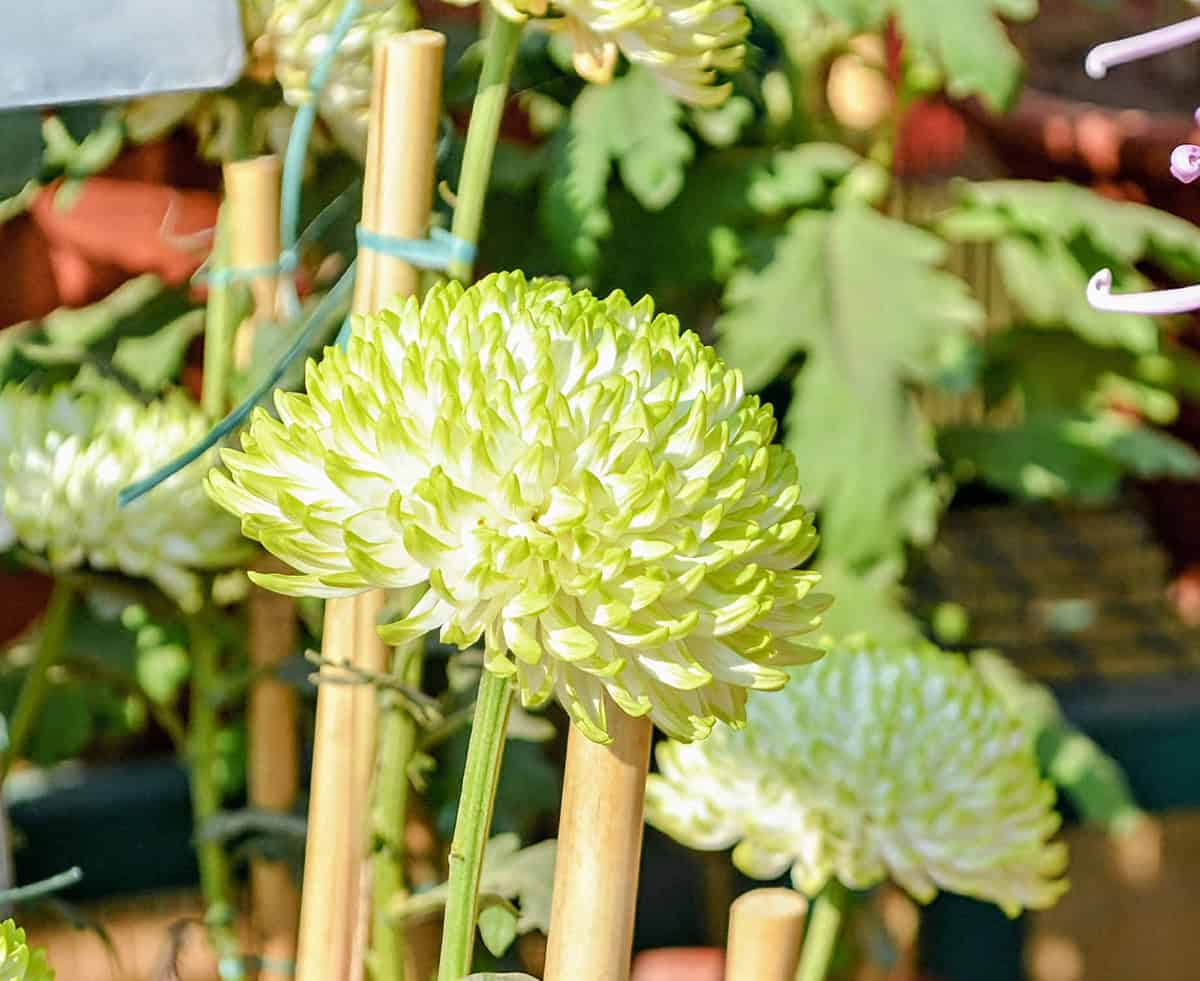
Early chrysanthemums can be planted in August for late fall blooms. These perennials come in many bloom shapes and colors.
Plant mums in full sun and fertile, well-drained soil. Water deeply but do not let soil stay soggy. Pinch back stems at planting for bushier growth.
Chrysanthemums extend color well into autumn. Choose early-blooming types for flowers before frost.
Ageratum
Ageratum is an annual with soft, fluffy blue, white, or pink blooms. Start it from transplants in August for fast results.
Plant ageratum in full sun to partial shade. It likes moist but well-drained soils. Deadhead often for steady bloom display.
Ageratum is compact and works well in borders and containers. It also holds up as a cut flower in small arrangements.
Sweet William
Sweet William is a biennial or short-lived perennial, started from seed or transplants in August. Its small, fragrant flowers come in rich shades of pink, red, or white.
Plant in rich, well-drained soil in full sun or partial shade. Water regularly during dry periods. Deadhead blooms for a longer display.
Plants may self-sow for new flowers next season. Sweet William works in cottage gardens and as a cut flower.
Cleome
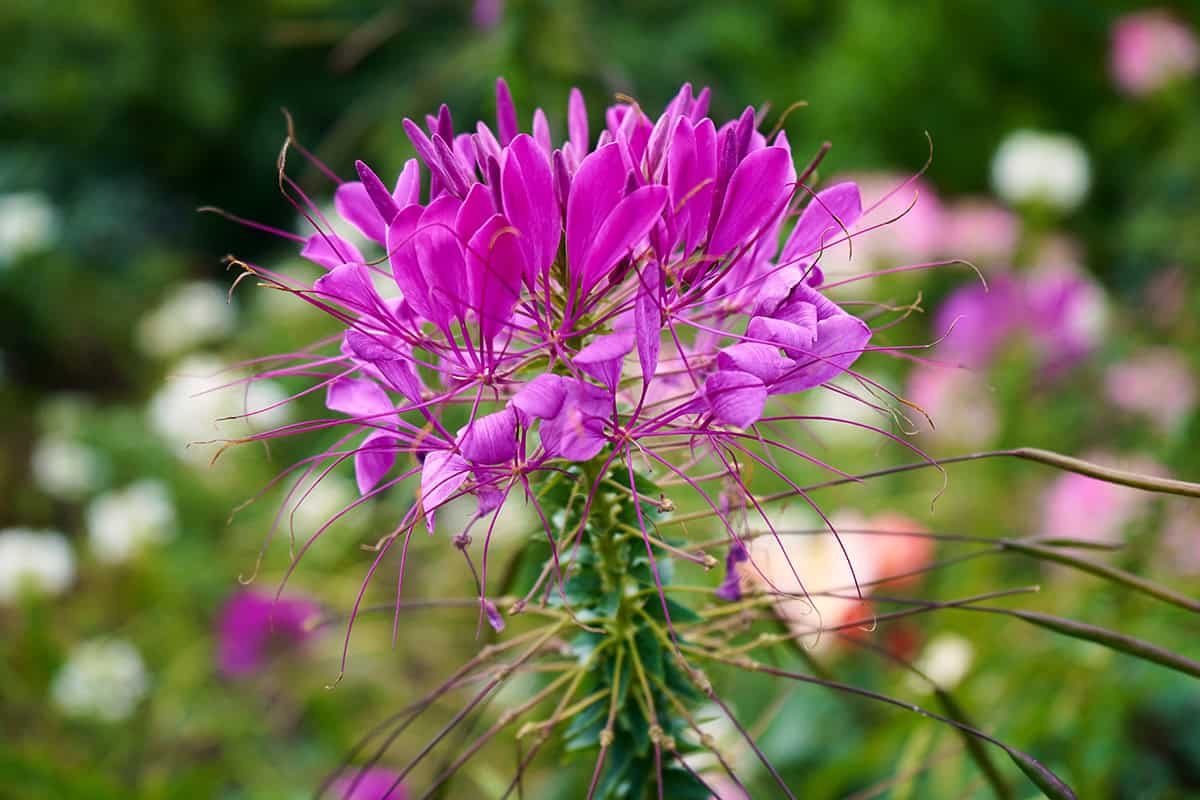
Cleome, or spider flower, is tall and dramatic. It’s sown or transplanted in August for late-season blooms. Spikey, airy flowers come in pink, white, or lavender.
Cleome does best in full sun and needs moderate watering. It’s tolerant of drought and heat. Space plants well to allow air flow.
Deadhead to control self-seeding if needed. Cleome adds vertical interest and attracts pollinators.
Scabiosa (Pincushion Flower)
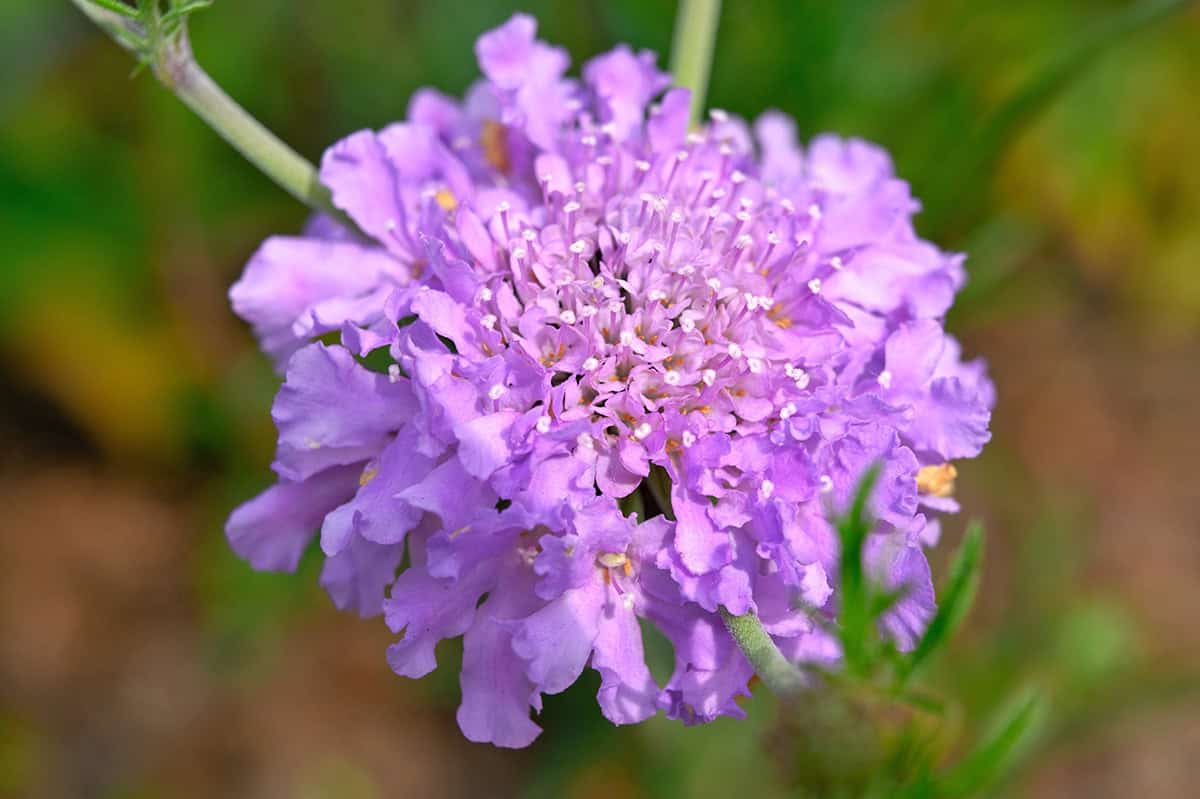
Scabiosa gives round, pincushion-like blooms in blue, lavender, pink, or white. Plant seedlings in August for fall flowering.
Choose a sunny site with rich, well-drained soil. Water regularly, especially in dry weather. Deadheading helps prolong bloom time.
Scabiosa attracts butterflies and works well in cutting gardens. Use it for borders and mixed plantings.
Verbena
Verbena blooms in clusters of purple, pink, or red flowers. Plant nursery-grown starts in August for color that lasts until frost.
Pick a sunny site and amend soil for good drainage. Water consistently at planting, then move to less frequent watering.
Verbena spreads, filling empty spots in beds or containers. It grows quickly and thrives in hot weather, attracting bees and butterflies.
